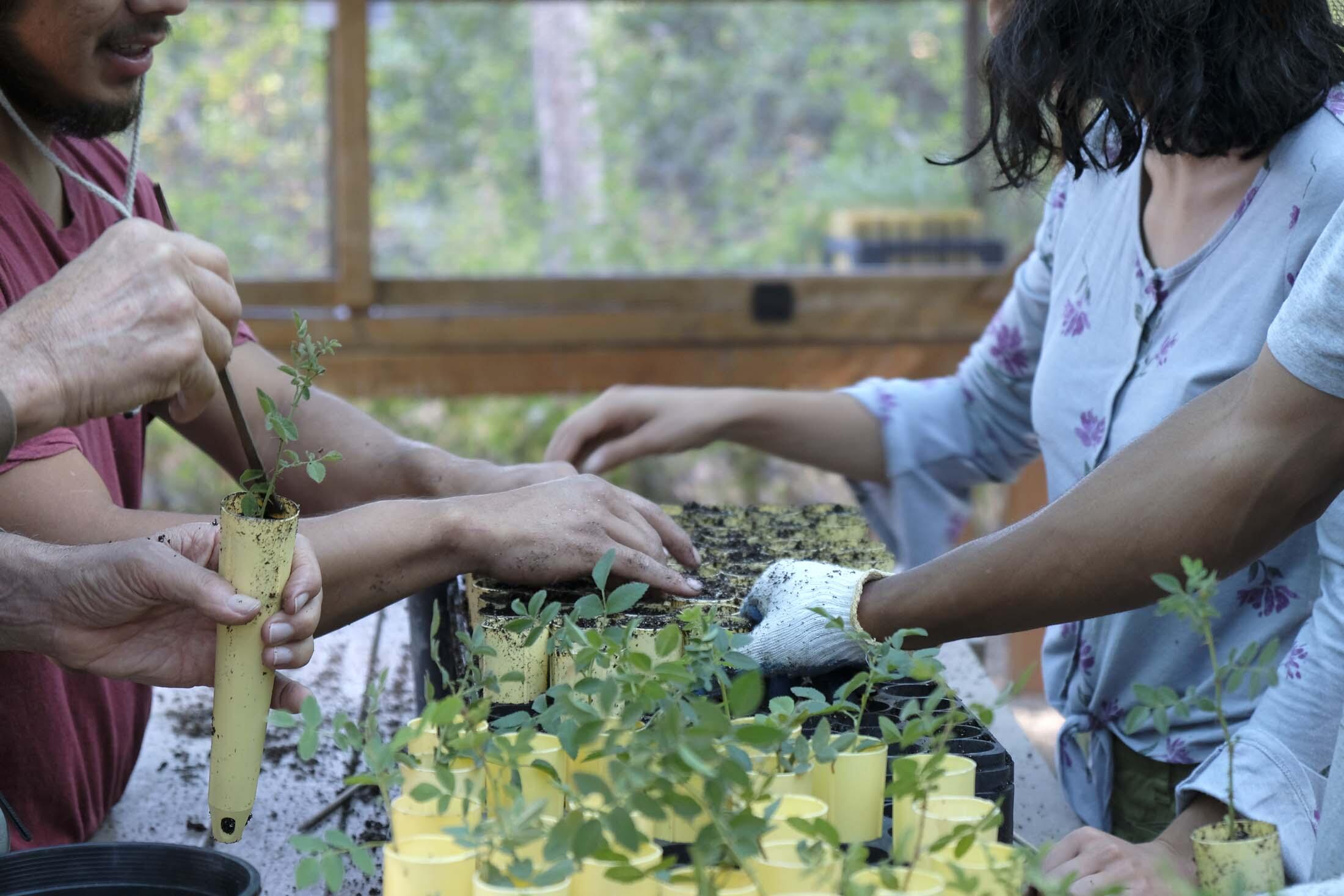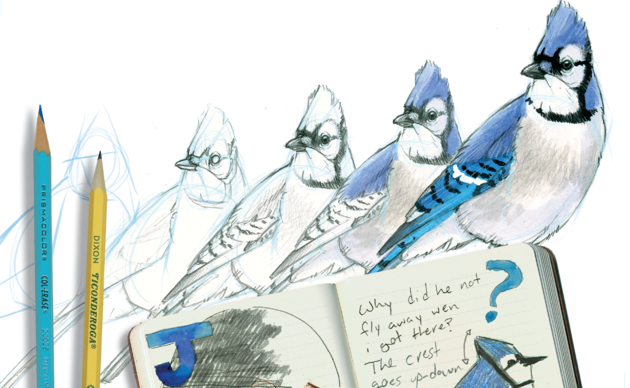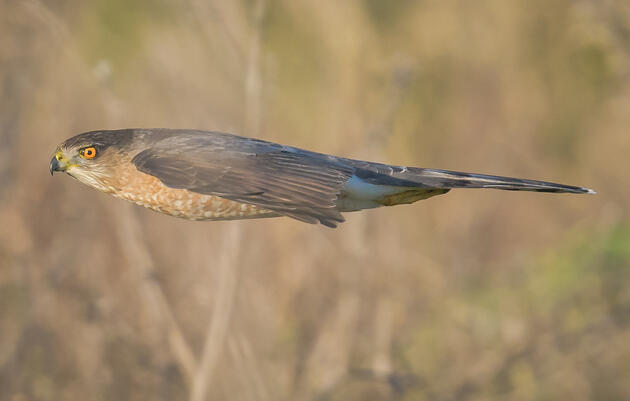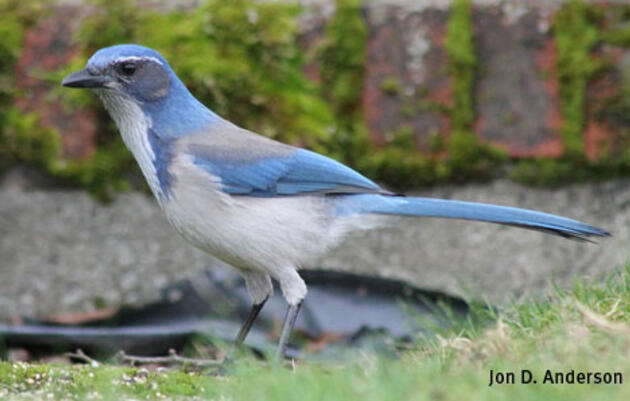Where birds thrive, people prosper. From urban centers to rural towns, each community can provide important habitat for native birds. In turn, birds offer us a richer, more beautiful, and healthful place to live.
The Threat
Over the past century, urbanization has taken, fragmented, and transformed ecologically productive land with sterile lawns and exotic ornamental plants. We’ve introduced walls of glass, toxic pesticides, and domestic predators. The human-dominated landscape no longer supports functioning ecosystems or provides healthy places for birds.
The Solution
Each community has a unique ecological and cultural story to tell. Creating Bird-Friendly Communities is Audubon’s commitment to the sustainability of our urban, suburban, and rural places. We can restore and reconnect these places. We can reestablish the ecological functions of our cities and towns. We can provide an essential, safe habitat for birds. With simple acts of hope, everyone can help make their community bird-friendly.
Plants for Birds
By simply choosing native plants for our yards and public spaces, we can restore vital habitat for birds in our communities and help them adapt and survive in the face of climate change. Audubon’s Plants for Birds program is designed to enable anyone to have a positive impact by planting for birds, right where they live. Visit the native plants database to create a customized list of plants native to your area, get connected to your local Audubon and native plant nurseries, and help us get 1 million plants in the ground for birds.
Bird-Friendly Buildings
Glass and lights present major hazards to birds, killing hundreds of millions of birds each year. Birds hit buildings at all hours during the day and night. At night migrating birds can be distracted by bright lights in our cities. During the day the problem is reflection or other confusing aspects of glass. Audubon chapters, centers and programs across the country are working to make buildings safer for birds—both day and night. You can learn more about our Lights Out project here, and existing Lights Out programs here.
Avian Architecture: Providing Good Homes for Birds
From Prothonotary Warblers and Chimney Swifts to Osprey and Burrowing Owls, many species of birds can be given a better chance to survive and thrive through a little assistance from structures we build—birdhouses, roosting towers, nest platforms, and artificial burrows. For some species, these structures tip the scales back in their favor, reducing declines in populations and restoring species to places they once inhabited.
Related
Top 10 Birds in California
Up to a billion birds of hundreds of species will pass through the Golden State during spring migration. Can you spot these top 10 birds?
How to Learn Bird Language
Learn bird language from the comfort of home with these online programs.
Birding vs. Bird Language
Bird language is a slower-paced, deeper dive than traditional birding where connections are more important than checklists.
How you can help, right now
Get Audubon CA in Your Inbox
Our newsletter is fun way to get our latest stories and important conservation updates from across the state.
Donate to Audubon
Help secure the future for birds at risk from climate change, habitat loss and other threats. Your support will power our science, education, advocacy and on-the-ground conservation efforts.
HOTSPOT: Flyover of California's Birds and Biodiversity
California is a global biodiversity hotspots, with one of the greatest concentrations of living species on Earth.










